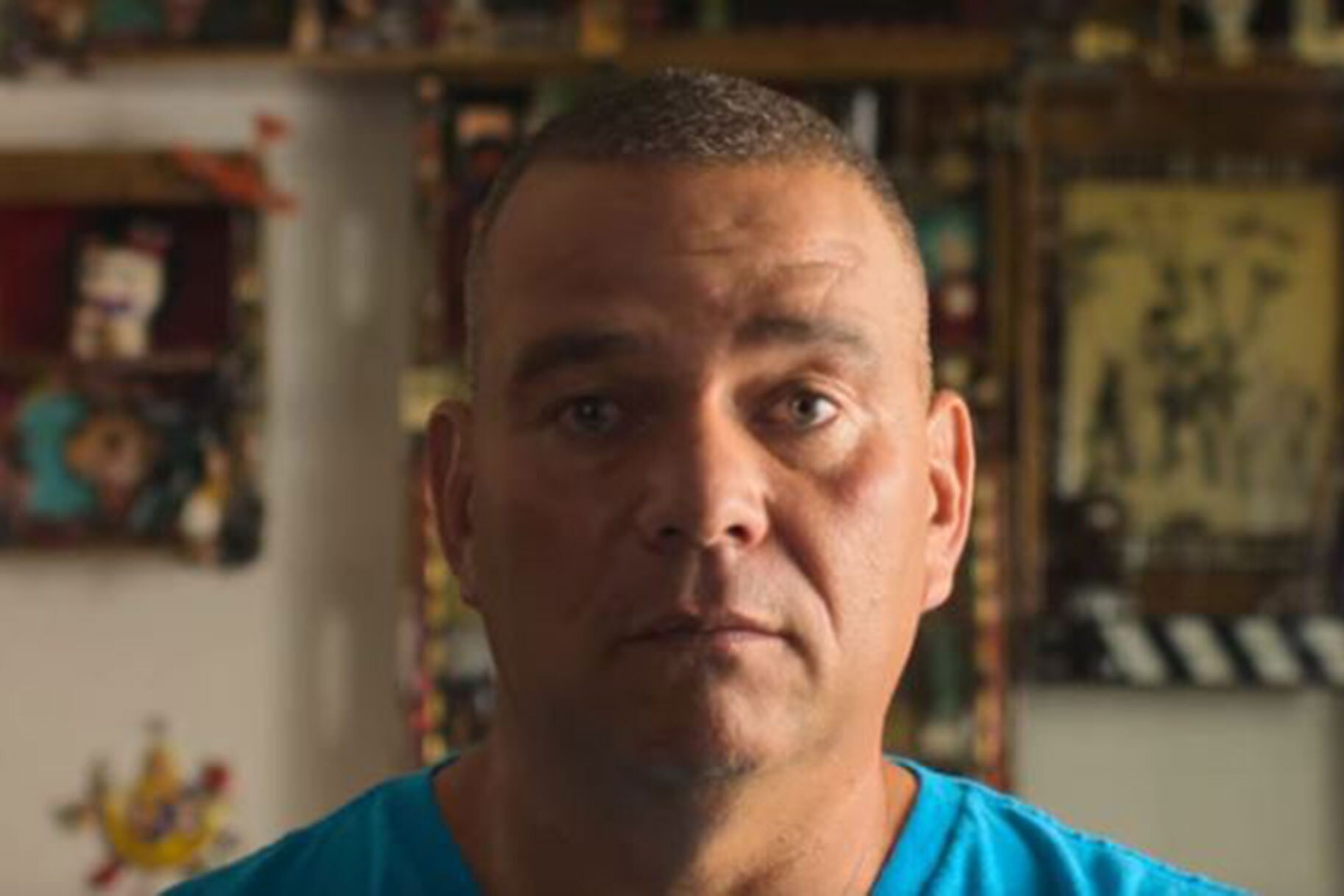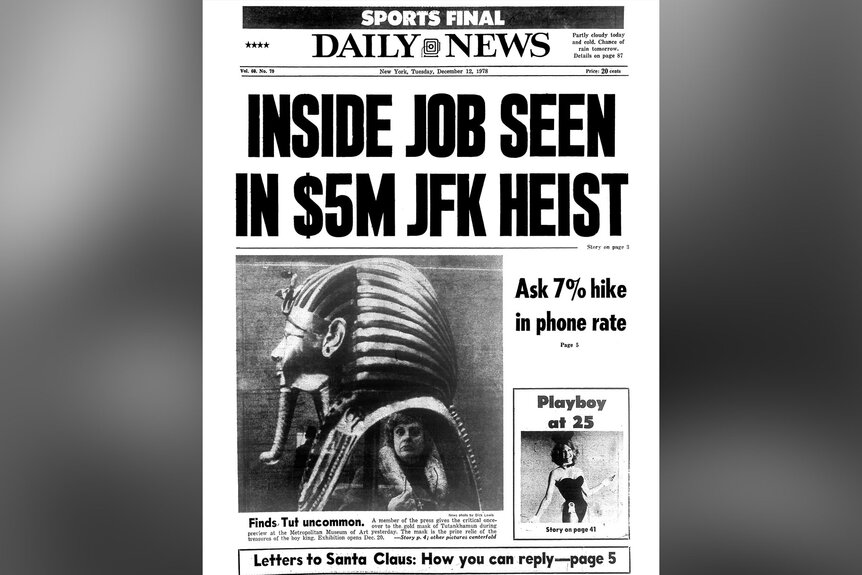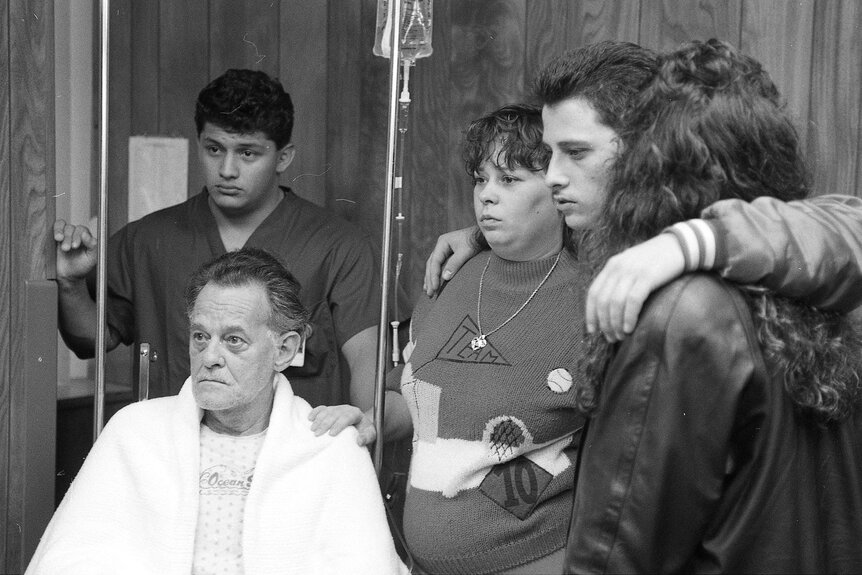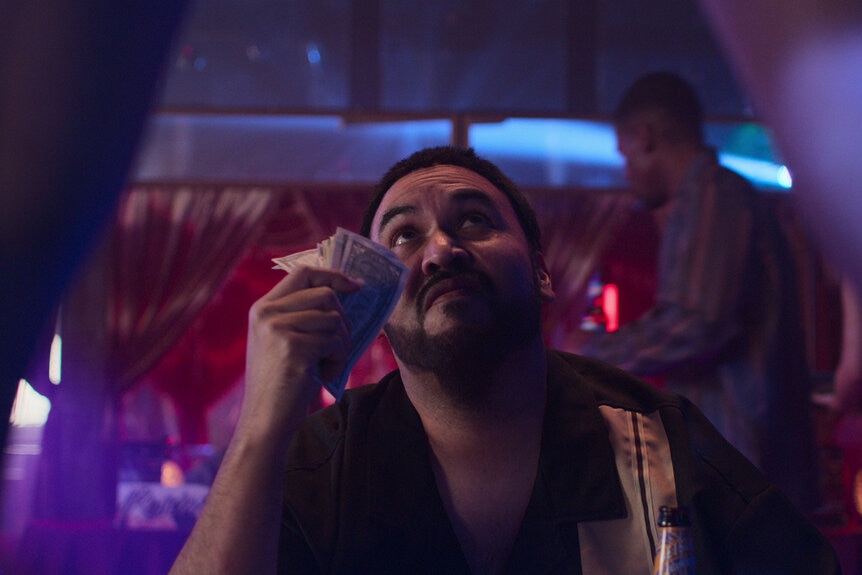Create a free profile to get unlimited access to exclusive videos, breaking news, sweepstakes, and more!
Murders, Abductions, Arrests: How Karl Monzon's 2005 Miami Airport Heist Fell Apart Like The Infamous 1978 Lufthansa Robbery
The robbery featured in Netflix's "Heist" is oddly similar to the infamous robbery at John F. Kennedy airport — and both had chaotic aftermaths that ended with arrests.

In 2005, a brazen heist at the Miami airport became one of the biggest robberies to take place in the United States this century. As shown in the new Netflix docuseries “Heist,” out now, the robbery has some striking similarities in the planning and execution to the notorious 1978 Lufthansa heist, one of the greatest robberies of the past century. And both crimes are similar in how they soon came crashing down.
In the November 2005 daylight robbery, a group of Cuban-Americans entered Miami International Airport and handily walked off with a multi-million dollar haul. Led by 32-year-old Karls Monzon, the group of four, aided by an additional inside man, arrived in a pick-up truck, entered a U.S. Customs warehouse, ordered security guards and staff to the ground, then walked out with six bags of cash and ran for it. The $7.4 million cash haul was one of the biggest in Florida history, according to the FBI.
The crime essentially went off without a hitch. As is nodded to briefly in episodes 3 and 4 of “Heist,” that practically perfect airport robbery was strikingly similar to the 1978 Lufthansa Heist at Kennedy Airport in New York. Film fans may remember the heist as central to the 1991 mob epic “Goodfellas,” which centers on the life of one of the robbery’s architects, Henry Hill. But Monzon said he’d never even seen the modern classic prior to recruiting close friends and family and planning his heist.
“I just found out when I got arrested. A couple of days later I heard the news and. . . they was telling me I was copying the movie,” he told Salon a short while after he was released from prison in 2016.
Like the Lufthansa heist 27 years prior, it all began with a conversation about security. Monzon’s friend, Onelio Diaz, was working in 2005 as a Brinks security guard at MIA when he told him of lax security at the cargo terminal where tens of millions in cash was flown in from overseas daily; the bricks of cash from Germany-based Commerzbank typically totaled $80 to $100 million. Before they were moved to the local Federal Reserve, Diaz and other guards escorted those carrying the bags to the terminal for inspection — a rare window of opportunity for theft.
In New York in 1978, it was Louis Werner, a desperate airport staffer who owed bookmaker Martin Krugman $20,000, who spilled his inside knowledge about a similar situation at JFK. That info on the money coming in on Lufthansa flights soon made it to Hill and his associate Jimmy Burke, who assembled a six-man crew to rob the airport warehouse. Unlike the novices in Miami, some in this crew had deep criminal experience, as they were affiliated with New York’s Lucchese crime family — one of the city’s “five families” who had been operating out of the boroughs for decades.
In both robberies, the men entered the warehouse wearing masks and gloves and wielding guns. Staff were threatened as the men hunted for the bags of cash and a car waited nearby — a Buick in the terminal parking lot in New York; a truck on the tarmac in Miami.
While both were ultimately successful, at least for a while, both heists also did have tiny hitches that, given a moment’s timing or sudden panic, could have brought down the entire plan.
In New York, the Ford Ecoline in which the crew had arrived was noticed on a cargo building ramp by Kerry Whalen, an airport cargo transfer agent. He approached and was told to get in, then panicked and ran; after being pistol-whipped into silence, he was brought in with the other hostages the crew had at that point gathered inside. In Miami, nerves were triggered when a van full of U.S. Customs police sped toward the post office building as the crew arrived. Once the men calmed down, however, they realized the warehouse was unguarded. It was almost perfect, in the end.
Despite the 27 years between the two heists, the two hauls the robbers plucked from the terminals weren’t drastically different. In New York, the crew took home an estimated $5.875 million (equivalent to about $23.3 million now); $5 million of this was in cash and $875,000 was in jewelry. In Miami, they made off with $7.4 million. In both heists, the robbers had a clean getaway. In each case, one person was injured — the aforementioned pistol-whipped transfer agent in New York and a guard in Miami, who Salon reported had cardiac issues following the heist.
But the aftermath was a different story. As is often the case, and was in both of these heists, sloppiness led to violence and eventually the FBI. Murders, abductions, arrests and lengthy prison sentences followed in the days and months after the robberies
After the JFK heist, it was Parnell "Stacks" Edwards’ job to properly dispose of the getaway van. But it was found by authorities days later in front of his girlfriend’s house — which earned him a visit seven days after the heist from two angry men — Tommy DeSimone and Angelo Sepe — and five bullet holes in his head. It was too late for the rest of the robbers, though, as the feds had found fingerprints on the van linking the Burke crew to the heist and quickly wiretapped key suspects. Burke, now deeply paranoid about being linked to the high-profile robbery, soon allegedly started ordering hits on those involved — 10 individuals in total; five more whose murders were not ordered by Burke were killed for their association with the heist. In the end, the inside man, Louis Werner, was the only associate who was convicted; he was handed a 15-year prison sentence in 1979.
In Miami, as the heist made national news, Monzon returned to his normal life and stashed his cash in the attic and piping at a family property, not wanting to draw attention to himself. Unfortunately for the Miami crew, his brother-in-law and the getaway driver, Jeffrey Boatwright, wasn’t so cautious — he wasn't careful at all, really. His lawyer later said at his sentencing he’d spent his $1.4 million cut from the heist on “utter decadence” like jewelry, drugs, and women.
“That’s the first thing I told him, not to spend no money, so I know something is going to happen,” Monzon told Salon in 2017.
Monzon went to great lengths to shake some sense into his brother-in-law and show him he was at risk from not just investigators, but nefarious criminals who would certainly notice his sudden largesse and lavish lifestyle. His attempts to get his message across included a phony abduction and a beatdown with a baseball bat. But Boatwright only made promises that were not kept — even after he was actually abducted and Monzon shelled out a $1 million ransom for his return.
“I know he wasn’t going to change, so I was making plans to leave the country. I was going to go down to Mexico,” Monzon said.
Before that planned escape, Boatwright was kidnapped at a strip club — again. As Monzon was begrudgingly brokering his return, he was pulled over by authorities while taking his wife to the doctor; there looked to be around 200 officers there that day from the FBI, ICE, and Homeland Security, he said. Investigators then told him they knew of the abduction and his role in the robbery, and that for him and his crew, the jig was up. Now, what they wanted was for Monzon to keep the kidnappers on the phone while they located them and Boatwright — who was found, bound and beaten, in a truck parked in a warehouse in Miami’s Brickell neighborhood.
The amount of evidence against them led the entire Miami crew to plead guilty; Diaz was reportedly found driving in a van with about $85,000 in cash. Their sentences ranged from three to 17 years, with Monzon handed the most time behind bars; however, six years were shaved off of his sentence for his cooperation in the abduction sting.
Monzon was released in 2016 — broke, as he’d also led authorities to his cut of the heist money. Authorities have still never recovered the remainder of the stolen cash, as the rest of the crew said they’d spent it. And, incidentally, to this day, the money from the infamous Lufthansa heist has never been found.





























